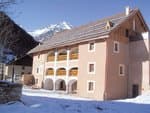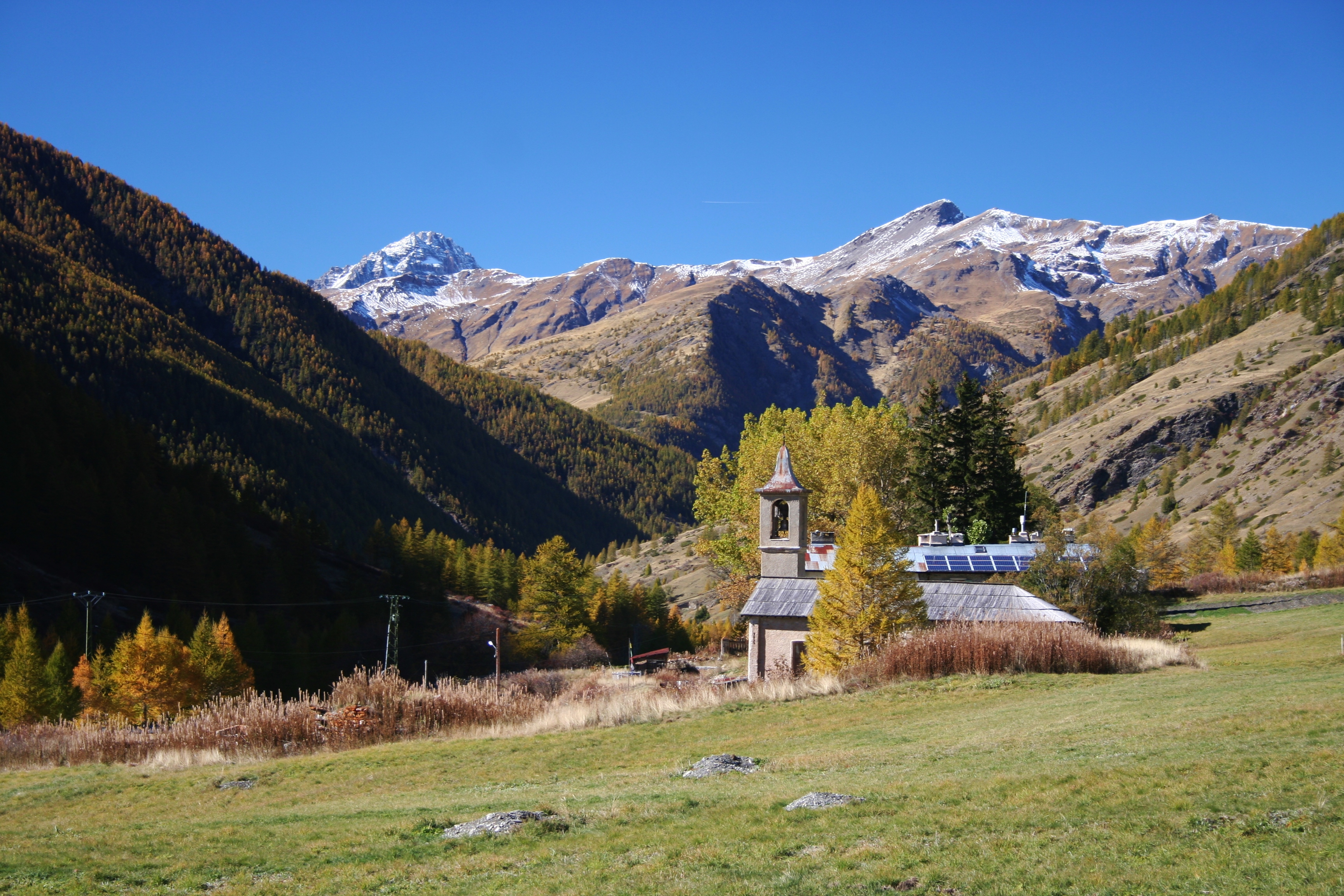
Col Lacroix
An important crossing and privileged exchanges with the Val Pellice. Discover the ruins of the refuge of Napoleon III, indicative of the importance of existing cross-border relations through this pass. You will go through an old forest where you will see remarkable trees of over 500 years.
6 points of interest
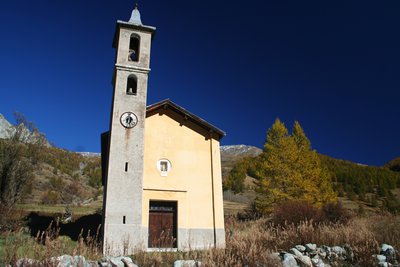
Chapelle de La Monta - Benjamin Musella - PNR Queyras  Patrimony and history
Patrimony and historyLa Monta hamlet
The name of this hamlet stems from the fact that it is the starting point of the climb to the Col de la Croix. Formerly populated and active, the hamlet suffered multiple damages throughout history. Various avalanches that devastated the place, the one in 1885 being the most damaging, destroying 12 houses. In 1944, it was German troops that set the town on fire. The flood of 1957 left only two buildings that still exist today: the cottage and the Saint Laurent chapel.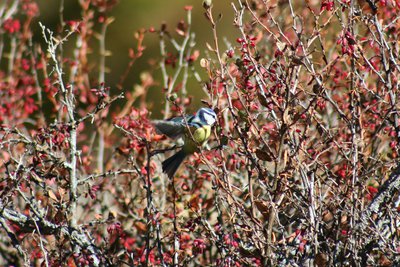
Mésange bleue - Benjamin Musella - PNR Queyras  Fauna
FaunaEurasian blue tit
Hanging on top of a tree or a twig, the Eurasian blue tit eats small insects, larvae, caterpillars, spiders and invertebrates. Once the branch is cleaned, the Eurasian blue tit moves on to the next one. Occasionally, it can eat fruits and seeds. The female nests in holes of trees or walls. It broods 7 to 13 eggs for 15 days while the male feeds. The chicks will be entirely dependent on their parents their first month of life.
Le haut Guil - Benjamin Musella - PNR Queyras  Panorama
PanoramaThe Upper Guil
View on the upper valley of the Guil from the slope.
Refuge Napoléon - Benjamin Musella - PNR Queyras  Patrimony and history
Patrimony and historyNapoleon refuge
In his will, Napoleon I left half of his estate in Alsace, Bourgogne, Ile de France, Champagne, Forez and Dauphiné, in restitution for the invasions suffered. 34 years later, Napoleon III has a committee interpret the will of his uncle which distributes the funds. 26 departments including the Hautes-Alpes are granted the sum of 50,000 francs. This sum was initially intended to help the deaf and blind of the department but few requests were made. The money is eventually used to build six shelters on the main passes of the department.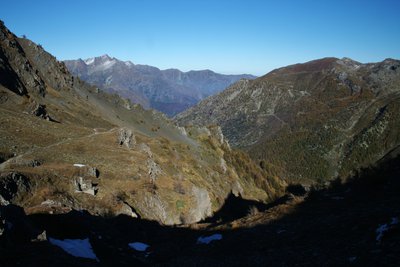
Col Lacroix - Benjamin Musella - PNR Queyras  Patrimony and history
Patrimony and historyCol Lacroix
In the Middle Ages, the upper Guil passes allowed numerous exchanges between the Queyras and Italy. The inhabitants of Queyras practised transhumance in the fall to Italy and took the opportunity to sell cheese and meat. In the 13th century, a French-Italian market existed in Abriès. Many Italian merchants came to trade there. In the 16th century, persecuted throughout the Italian Piedmont valleys, hundreds of Waldensians (Followers of the christian movement founded by Peter Waldo) travel these mountain passes to find refuge in the Queyras before having to migrate again a century later. They played an important role in the establishment of Protestantism in the Queyras.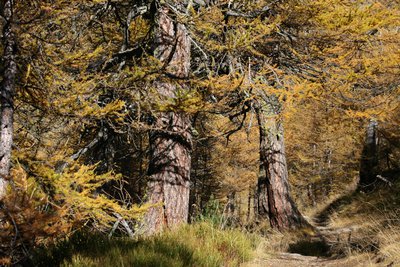
Mélèze - Benjamin Musella - PNR Queyras  Flora
FloraThe Larch
Originally from the Alps and the Carpathians, the larch is the only conifer to lose its needles in winter and to bear this red colour in the fall. By falling, the needles enrich the soil and encourage the arrival of new species. With its powerful roots and flexibility of its branches and trunk, it settles in the deforested areas without fearing avalanches. The Praroussin forest embraces many individuals over 500 years old.
Description
From the car park, go up the road for about 100m and turn left onto a track. Climb for 400m and take the path on the right.
1 - Cross a river, enter the forest and get on the winding path. The path continues on the right and overlooks the stream of Combe Morelle. Follow on level a trail a bit airy. Continue in the valley and in turns, leave behind a sheep pen and the Napoleon refuge on the left. Continue until Col Lacroix Start the descent on the same path used to ascend.
2 - After 50m, take the left path. Cross the stream and follow the valley. Enter the larch forest and after a short delicate passage, follow the same path on the left. Continue downhill through the forest to reach Echalp.
3 - Descend the road and reach the car park from the starting point.
- Departure : La Monta
- Arrival : La monta
- Towns crossed : Abriès-Ristolas
Forecast
Altimetric profile
Information desks
House of the Queyras Regional Nature Park
3580 Route de l’Izoard, 05350 Arvieux
The House of the Queyras Regional Nature Park is closed to the public.
OTI du Guillestrois et du Queyras
Maison du Tourisme du Queyras, 05350 Château-Ville-Vieille
Transport
05 Voyageur: 04 92 502 505 Tourist Office of Queyras: 04 92 46 76 18
Access and parking
Follow the D947 to La Monta.
Parking :
More information
Report a problem or an error
If you have found an error on this page or if you have noticed any problems during your hike, please report them to us here:

